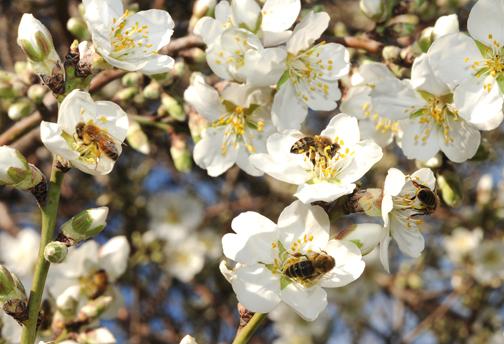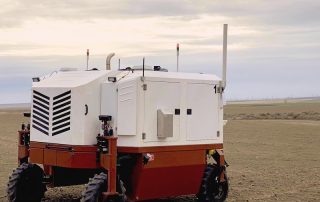Want Better Heart Health? Consume Walnuts!
Effects of Walnut Consumption for 2 Years on Blood Lipids and Lipoprotein Subclasses Among Healthy Elders
By: Rajaram S, Cofan M, Sala-Vila A, Haddad E, Serra M, Bitok E, Roth I, Freitas-Simoes TM, Kaur A, Valls-Pedret C, Domenech M, Oda K, Corella D, Sabate J, Ros E.
Frequent consumption of nuts, an important component of plant-based diets, is associated with 15% lower total cardiovascular disease (CVD) and 23% lower CVD mortality rates. Small, short-term randomized controlled trials (RCTs) indicate that diets supplemented with nuts have a consistent cholesterol-lowering effect; however, no trials of nut-enriched diets for lipid changes focused on elderly individuals, recruited participants from diverse geographical locations, or lasted 2 years. Also, there is little information concerning effects of nuts on lipoprotein subclasses.
We hypothesized that incorporating walnuts into the usual diet would improve the lipid profile irrespective of differences in geographical and dietary background.
Methods: The Walnuts and Healthy Aging (WAHA) study is a two-center (Barcelona, Spain and California, USA), 2-year, parallel-group RCT testing the effects of walnut-supplemented diets in healthy elders. Lipoprotein changes were a pre-specified secondary outcome. Eligible candidates were cognitively healthy elders (63-79 years old) without major comorbidities. Participants (n=708) were allocated to either a walnut-free (control) or walnut-supplemented diet (≈15% of energy, 30-60g/day). In 2 monthly visits, compliance, tolerance, medication changes, and body weight were recorded. At each visit, 8-week allotments of raw, pieced walnuts were delivered to the corresponding group.
Results: 636 participants completed the study (90% retention rate), and 628 had full data for lipoprotein analyses (mean age 69 years, 67% women, 32% treated with statins). Mean baseline LDL-C and triglycerides were 117 and 105 mg/dL, respectively. The walnut diet significantly decreased (mg/dL) total cholesterol (mean -8.5 [95% CI, -11.2, -5.4]), LDL-C (mean -4.3 [-6.6, -1.6]), and intermediate-density lipoprotein (IDL)-C (-1.3 [-1.5, -1.0]), corresponding to reductions of 4.4%, 3.6%, and 16.8%, respectively, while triglycerides and HDL-C were unaffected (Figures-B, C). Total LDL particles and small LDL particle number decreased by 4.3% and 6.1%, respectively (Figure-D). Results were not different by study site. Lipid responses to the walnut diet differed by sex: LDL-C was reduced by 7.9% in men and by 2.6% in women (P-interaction=0.007).
Conclusion: The results demonstrate that incorporating daily doses of walnuts (≈15% of energy) to the habitual diet of free-living elders with an essentially normal lipid profile resulted in a mean 4.3 mg/dL LDL-C reduction, which is modest, although greater responses have been observed among individuals with hypercholesterolemia. Our data also support a beneficial effect of the walnut diet on NMR-assessed lipoprotein subfractions, with reductions of IDL-C (a sizable contributor to remnant-C) and total LDL particles. Prospective studies have reported that LDL particle number consistently outperforms LDL-C in CVD risk prediction and that remnant-C causally relates to CVD independent of LDL-C. That lipid responses were not different in two cohorts consuming diverse diets strengthens the generalization of our results. WAHA is the largest and longest nut trial to date, overcoming the limitations of prior smaller and shorter nut studies. The novel finding of sexual dimorphism in LDL-C response to walnut supplementation needs confirmation.
WAHA was conducted in free-living individuals, who chose their daily foods, which may be viewed as desirable since it is closer to real life than the situation in controlled feeding studies. On the basis of associations ascertained in cohort studies, the observed shift of the lipoprotein subclass phenotype suggests a reduction of lipoprotein-related CVD risk by long-term consumption of walnuts, which provides novel mechanistic insight for their potential cardiovascular benefit beyond effects on the standard lipid panel. Our data reinforce the notion that regular walnut consumption may be a useful part of a multi-component dietary intervention or dietary pattern to lower atherogenic lipids and improve CVD risk.


















